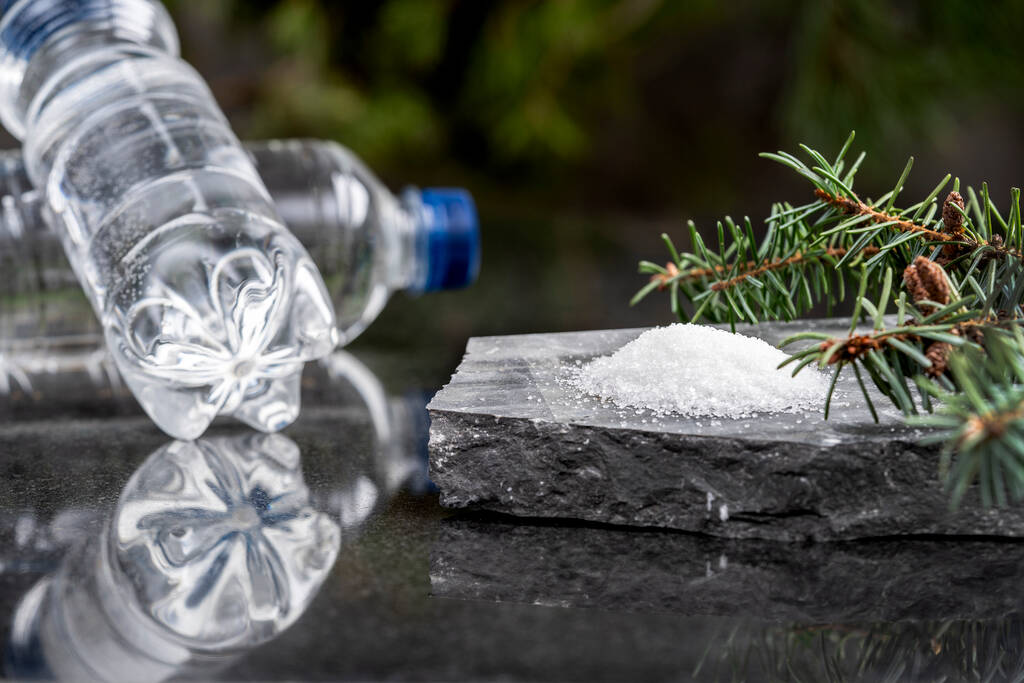This is a piece of interesting news from Solvay on the recent announcement of its collaboration with synthetic biology company Ginkgo Bioworks on the development of sustainable biopolymers as well as other specialty chemicals and materials that can be used from home and personal care to agriculture and food. As part of this partnership, Solvay will also acquire a Ginkgo (formerly Zymergen) laboratory in Cambridge, Massachusetts.
This partnership is reportedly designed to strengthen Solvay’s position in biotechnology as part of the Renewable Materials and Biotechnology growth platform, which aims to increase the share of renewable carbon in Solvay’s product offering and develop new business opportunities enabled by biotechnology. This growth platform complements the company’s activities in three other key areas: battery materials, green hydrogen and thermoplastic composites.
The press release did not really indicate specific chemicals and products that the companies will initially focus on, but I have been following Solvay’s renewable products portfolio for a long time that could be of interest when it comes to using synthetic biology tools (remember Solvay’s JV with Granbio on bio-based n-butanol in Brazil?). Solvay’s Rhovanil® Natural vanillin range is already using ferulic acid derived from an organic product found in rice bran; its AgRHO® S-BoostTM seed coating is reportedly derived from a plant extract chemically modified for biological stimulation; and its natural guar-based polymers Jaguar® are currently being used in cosmetic applications. I’ve also been closely following its bio-based solvent Augeo®, which is derived from glycerine.
One interesting product in its portfolio is its Amodel® Bios partially bio-sourced long-chain PPA (polyphthalamide). PPA is a semi-crystalline, aromatic polyamide that is said to be stronger, stiffer, less sensitive to moisture and has higher thermal capabilities compared to nylon 6. The substitution of aliphatic diacids with aromatic diacids, such as the combination of terephthalic acid and isophthalic acid in the polymer backbone, increases the melting point, glass transition temperature, chemical resistance and stiffness of PPA polymers. Guess who is working on these types of aromatic diacids using renewable feedstock? If you guess companies such as Origin Materials, Virent, Anellotech, BioBTX, Relement, Avantium, Stora Enso, etc., then yes, you are going in the right direction. Solvay currently has a collaboration with Origin Materials on the use of ‘carbon negative building blocks derived from wood residues’ in the manufacture of specialty polyamides.
By the way, Solvay also produces polyamides (or what we call nylon) using castor oil-derived sebacic acid under its Kalix® 2000 series of HPPA (high-performance polyamide) products. A new product that is also of interest to me is its Bio Amni® partially bio-based functional 5.6 polyamide yarn for clothes and shoes. PA56 is a relatively new polyamide, and there are quite a few polyamide producers working on this chain. I’ve been covering this market for quite some time in Tecnon OrbiChem’s Bio-Materials monthly report. Some of the diacids and diamines used in the manufacture of bio-based polyamides can be produced using fermentation-based processes (such as sebacic acid, adipic acid, hexamethylene diamine and pentanediamine).




